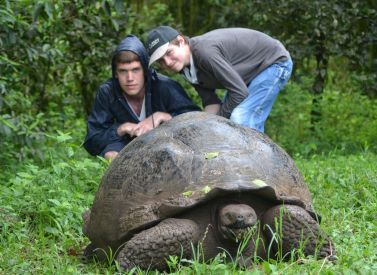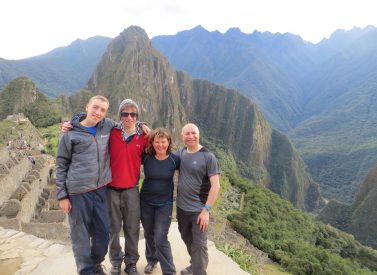
Easter Island Holidays & Tours
Visit Easter Island, the most remote island in the world, amazing tours await you.
Lying more than 2,300 miles off the coast of Chile, Easter Island is home to the world famous moai statues.
It is a tiny volcanic triangle, and was named Rapa Nui or ‘Navel of the World’ by its early settlers. Today Easter Island is one of South America’s most iconic holiday destinations.
Easter Island is an archaeological treasure. Here you will find the famous moai stone statues, as well as caves and rocks decorated with etched petroglyphs and painted pictographs.
You can choose 3, 4 or 5 day guided trips, or stay longer and take advantage of the good climate and the chance to explore this fascinating place by foot, horseback or bike.
More on Easter Island trips and tours
Easter island is an equilateral triangular shape, with extinct volcanic cones in each of its three corners.
There are more than 900 moai (some up to 9 metres in height) and many traditional cave dwellings open to view.
Since the discovery of Easter Island in 1722, this mysterious island has been the focus of intense debate.
The island’s tall brooding figures, some weighing up to 250 tonnes, were carved from dense volcanic tuff, transported miles to the coast and raised into great stone altars called abu.
How the islands’ native people first arrived and what transpired over the centuries is a puzzle that is still to be unravelled; read our Easter Island Theories blog for more.
Trip Highlights
Print Share Download as PDF-
Visit iconic moai statue sites like Anakena, Hango Roa and Rano Raraku.
-
Travel to the most remote island in the world.
-
Not just statues - friendly locals, lovely beaches, horse rides and snorkels await.
-
Local, expert guides will help to unravel some of Easter Island's mysteries.
We were pleased to get to some warmth on Easter Island, which we thoroughly enjoyed and stayed in a fantastic apartment next to the sea.
D. Rowell, Easter Island
Full Itinerary
Day 1: Fly Santiago to Easter Island. Transfer into hotel
You have the rest of this first day at your leisure to explore the town of Hanga Roa and its environs, the local museum, and neighbouring beaches.
Day 2: Full day guided tour: Ahus Vaihu, petroglyphs and Anakena beach, hotel (B), hotel (B)
A full day out and about on the island. Firstly, we head to Ahus Vaihu and Akahanga along the south coast.
Later we drive on to Rano Raraku, the quarry where the moais were once made. Then on to Ahu Tongariki, with its 15 restored moais and nearby petroglyphs.
After lunch, we drive to Ahu Te Pito Kura and the ‘Navel of the World.’ Next, on to visit the beach of Anakena with its Ahu Nau Nau, where we shall enjoy an optional picnic and the opportunity to enjoy the warm Pacific Ocean before returning back to your hotel.
Day 3: Transfer to airport and fly Santiago OR half day guided tour to Crater lake, Orongo, Museum, hotel (B)
If you choose the 3-day trip, we transfer you from the hotel to the airport and you fly back to Santiago.
If you choose a 4 or 5 day trip, your trip continues with a half-day excursion to Rano Kau. We visit the crater lake and the ceremonial village of Orongo, where the birdman culture once chose its king. You can also see the famous Ahu Vinapu which is reminiscent of pre-Inca architecture.
The afternoon is spent at leisure with time to explore the town of Hanga Roa and the Museum of Sebastian Englert. It’s also well worth paying a visit to the local church with its extraordinary wood carvings.
Day 4: Transfer to airport and fly Santiago OR extend trip, guided tour to Akivi, Puna Pau, Tahai, hotel
If you choose the 4-day trip, we transfer you from the hotel to the airport and you fly back to Santiago.
If you choose a 5-day trip, your trip continues with a drive across the island to see Ahu Akivi and its seven restored moais.
Afterwards we visit the quarry of Puna Pau and Tahai ceremonial complex. Afternoon to be spent at your leisure exploring close to town or perhaps just relaxing in the southern sun.
Day 5: Transfer to Mataveri airport for flight back to Santiago, ends, OR extend trip (B)
Transfer to the airport, and our services end.
OR, we can book more nights’ accommodation on Easter Island.
Prices From $984 / £800 per person
What's Included?
Shared airport transfers, shared full day tours with boxed lunch, accommodation tourist class hotel with breakfast. Easter Island Park fee USD 80 (subject to change).
What's Not Included?
Flights Santiago-Easter Island-Santiago (we can look for these for you), international flights, insurance, airport taxes, meals (other than those listed in included), tips, personal items, alcoholic or soft drinks, museum entry fee.
Accommodation
A choice of 2-5* hotels on the island, with ensuite bathrooms.
Tour Staff
We use locally-owned hotels and local staff for all the transfers, accommodation, drivers and tours.
Meals
We can cater for almost all dietary requirements – please contact us for more information.
We include breakfast at hotels, which will include hot drinks, teas, coffees etc. and fruit juices, cereals, toast, eggs etc.
On the island itself you will find many restaurants serving up both local and international cuisine.
Rice, fish (tuna) and plantains feature frequently, along with sweet potatoes, yams and sugarcane.
A traditional dish is the Umu Rapa Nui, which is cooked in a hole in the ground with firewood and red-hot stones. Layers of meat, chicken, vegetables and fish are slow-cooked in the ground.
There are also lots of empanada type snacks, featuring fish or meat.
Activity Level
This trip is open to anyone.
You need to be able to walk short distances (20mins to 1 hour), sometimes on rough terrain, to reach the statues.
You usually wake early, around 07.00-08.00 and have breakfast at your hotel. You join up with your group trip, and spend the day exploring the island with the group and your guide.
Lunch will be around 13.00 at a local restaurant, and then the trip continues until about 16.00, and then you are free to wander the island.
Practical Information
Plugs and voltages
Electricity
220 volts (110v in some hotels), 50 Hz.
Most cameras, phones and computers are dual or multi voltage and probably won’t need a convertor – please check before leaving.
Some items you may bring, such as hairdryers, may need a convertor. They may short if you use them without the correct convertor.
Plugs
Most sockets in Chile take the two pin, round-pronged Type C plug show below, and also the three-pronged Type L plug.

Type C plug

Type L plug
Kit list
Good kit is vital for every trip.
Book with Andean Trails and get 15% off Páramo’s fantastic ethical and high performance outdoor gear.
Overview
Easter Island has a subtropical climate that is influenced by the sea and the ocean winds.
Summer (Dec-Feb) can be very warm, but being tropical, there can be downpours at any time of the year.
The ocean wind can make it feel decidedly cool in winter (Jul-Aug). Conversely, the low temperatures then may mask what can still be a very strong sun and heat.
Give plenty of thought to kit selection, and try to keep weight down.
Below is a more detailed guide, take less of the cold weather clothing if travelling in winter.
Detailed kit list
- Bathing suit
- Sandals
- Waterproof jacket and trousers. The jacket needs to be water proof and roomy. Side-zip pants are recommended.
- 2-3 long-sleeve shirts – no cotton
- 2-3 short-sleeve T-shirts – no cotton
- 2 pair of hiking trousers- cotton or synthetic material (no jeans)
- 1 fleece or sweat trousers (for cold evenings)
- 2 pair hiking shorts
- Long thermals – synthetic or wool – light to medium weight top & bottoms.
- 2-3 mid-weight (wool or synthetic) socks.
- Athletic-type socks, several pairs
- Hiking boots that are waterproof and well broken-in.
- Running/tennis shoes or sandals are very comfortable when you are in cities
- 1 lightweight wool sweater or windproof fleece
- 1 wool or synthetic warm hat.
- 1 light sun hat with a wide brim.
- Broad-brimmed sunhat, essential.
- Sunglasses with UV filter.
- Bandana – to protect neck from strong sun.
- Daypack (at least 30 litres). Comfortable and with waterproof lining or cover.
- Water bottle (2 litres approx.).
- Personal first-aid kit to include: painkillers, plasters (band-aids), moleskin, anti-biotic cream, general antibiotics (ask your GP), after-bite (tiger balm), anti-diarrhoea tablets, throat lozenges, re-hydration salts & personal medication.
- Insect repellent.
- Towel & wash-kit.
- Wet Wipes/antiseptic hand-wash cream.
- Sunscreen (factor 30+) and lip salve.
- Head-lamp (plus spare bulb and batteries).
- Penknife.
- Travel alarm clock.
- Plastic bags – ‘Zip-loc’ & tough bin liners.
- Camera and film / memory cards (take at least twice the amount you think you will need!).
- Book, e-book, mp3 player/ipod or other to help pass the time.
- Binoculars.
- Spanish/English phrasebook.
- Extra snacks i.e. cereal bars or favourite chocolate bars.
Miscellaneous others
- Money belt.
- Passport.
- U.S. dollars cash, mixed-denomination notes, undamaged and unmarked.
- ATM cash/credit card.
- Any inoculation certificates.
- Personal & medical insurance certificates.
- Presents e.g. Postcards from home.
- Comfortable clothes for travel, smart clothes for night life.
Communication
Dialling codes
The international code for Chile is +56.
Easter Island’s dialling code is 032.
Not all smartphones will work in Easter Island / Chile, it’s best to check with your operator before you arrive. Roaming charges may be high – again, best to check.
Landlines
Chile’s landlines have 7 digits, apart from Santiago where they have 8 digits.
To call landline-landline in the same city, simply dial the 7 or 8 digit code, e.g. 1234567.
If calling landline to another regional landline/city, start with a 0, then the city area code (32=Easter Island), e.g. 032 1234567.
If using your own mobile phone to call a landline, dial the country code, the regional/city code without the 0, and then the number, e.g. for Easter Island +56 32 1234567.
Mobiles
Mobiles have 8 digits.
If you are dialling a Chilean mobile from a Chilean landline, add 9 to the number, e.g. 9 1234-5678.
If using your own mobile phone to call a Chilean mobile, dial the country code, then a 9, then the 8 digit number e.g. +56 9 1234-5678.
Internet
Most hotels on the island offer Wi-Fi, but be prepared for very slow connections.
Post
Head to the state-owned Correos de Chile for postal services.
Tipping
Tipping (and bargaining on prices) is not part of the Polynesian culture on Easter Island, and it not expected.
Money matters
Currency & Money Exchange
Easter Island’s monetary unit is the “Chilean Peso”.
Most businesses on Easter Island will accept Chilean pesos and US dollars for payments, and some may take Euros, too.
Note that the Peso comes in very high denominations (see below), so you’ll need to get used to very big numbers on bills that are not worth very much.
ATM debit/credit cards are widely used in major restaurants, hotels, shops and tour agencies throughout the island (with fees). There are only three ATMS (hole-in-the-wall) cash machines on the island, so it’s a good idea to take credit cards and a reserve of cash.
You can exchange foreign currency on Easter Island, and it’s best to take US dollars. These should be new notes, or at least unmarked and undamaged notes, in smaller denominations of 10s, 20s and maybe some 50s. Do not take USD 100 bills as they are unlikely to be accepted.
Exchange rate: USD 1 = 630 Chilean Peso (approx.), June 2018.
Peso banknotes: 1,000, 2,000, 5,000, 10,000, 20,000 pesos
Peso coins: 1, 5, 10, 50, 100, 500 pesos
Eating and drinking
Easter Island is not cheap for eating out, but it does have quite a good range of places and you should be able to find something for most budgets.
Prices vary greatly, below is a rough guide to what you can expect to pay in Easter Island.
Tipping and bargaining are not traditionally part of the culture on Easter Island.
Local café/restaurant
Beer/soft drink: USD 3
One meal: USD 10-15
Coffee: USD 2
Tourist style restaurant
Beer/soft drink: USD 3-5
Main dish: USD 20 upwards
Coffee: USD 2
Flight advice
Andean Trails can book all your international and domestic flights for this trip and for UK passengers; we have full ATOL bonding and can book flights with most airlines.
International flight prices are variable and usually can only be guaranteed at the time of booking. If you would like to upgrade to business or first class, or even arrive at an earlier date/depart at a later date we can also arrange this for you.
Typically, you fly to a country’s capital city and then overnight there or make a connecting flight (if available) to your next destination.
Flight connections
Please contact us for flight advice especially if you do make a connection on the same day. It is important to purchase a through ticket and not separate tickets for connections, so that you are covered for any delays. Passengers with separate tickets that are delayed run the risk of having to buy an entirely new ticket to continue their journeys.
Please note all airline schedules are subject to change and are out of our control.
Tickets
Almost all flight tickets are now e-tickets. Any that are not will be handed to you on arrival in South America – this is most common for flights on smaller planes in Amazon areas such as Guyana/Bolivia.
The final travel instructions we send you some 2-3 weeks before departure will list the latest flight times, flight numbers etc as well as list your e-ticket numbers and booking reference code (6 characters i.e. GB75RK). This is what you will need to check in with.
How do I check in?
Depending on the airline, we can reserve some seats for you at the time of booking your international flights with us.
If we cannot reserve seats at the time of booking, you have to wait for online check in to open (usually 24-72 hours before departure).
To check in online you will need to go to the website of the airline you are travelling with, and have your e-ticket number/booking reference to hand. Click check in online, enter your details, and choose your seat.
Some flights will allocate seats at the check in desk at the airport and some may not allocate seats at all.
Help flying via the USA (ESTA form).
The United States (USA) has an Electronic System for Travel Authorization (ESTA) which all travellers to and via the USA must complete BEFORE travel to/via its airports and shores.
More information can be found on their ESTA website.
Passengers who have not completed the form will be denied boarding.
Before you begin this application, make sure that you have a valid passport and credit card available.
This application will only accept the following credit cards: MasterCard, VISA, American Express, and Discover (JCB, Diners Club).
ATOL holiday protection
Andean Trails has 25 years of experience of putting together the best South America holidays.
We pay a fee to the CAA for every licensable passenger we book since we hold an Air Travel Organiser’s Licence granted by the Civil Aviation Authority. In the unlikely event of our insolvency, the CAA will ensure that you are not stranded abroad and will arrange to refund any money you have paid to us for an advance booking.
We also offer ATOL (Civil Aviation Authority) protected holidays to give our customers peace of mind when booking and travelling.
When you buy an ATOL protected air holiday package from Andean Trails Ltd you will receive a Confirmation Invoice from us confirming your arrangements and your protection under our Air Travel Organiser’s Licence number 6275.
You can read more about ATOL, who is covered and what protections you have if not ATOL-covered, on our ATOL page.
What is ATOL?
The CAA’s ATOL scheme offers protection to your money and your holiday if you book with us. Not everybody is covered (see ‘Who is covered?’ for more), as you must purchase an ‘air package holiday’ with Andean Trails to be protected.
And ‘air package holiday’ is defined as including a flight and some ground services (hotel, transfer, trek etc). This is also known as an ‘ATOL-protected holiday’.
Who is covered?
To be covered by ATOL, you must book a flight and some ground services with us and be from the UK. If you are from the UK and only book ground services and no flights, you are not covered by ATOL (see below for more on how non-ATOL clients are covered).
If you are outside the UK and buy flights with us, you will be ATOL protected IF any of the flights booked with Andean Trails touches/stops in the UK at any point during your holiday package booked with us.
If you buy your flights elsewhere, please check with that agent if you are ATOL protected. Be careful with online flight purchases and make sure you know what protection you have, if any, before paying for flights.
Not all holiday or travel services offered and sold by us will be protected by the ATOL scheme. Please ask us to confirm what protection may apply to your booking.
For land only holidays not involving any air travel, in accordance with “The Package Travel, Package Holidays and Package Tours Regulations 1992”, all UK passengers booking with Andean Trails Ltd. are fully protected for the initial deposit and subsequently the balance of all money paid to us, arising from cancellation or curtailment of travel arrangements due to the insolvency of Andean Trails.
I’m not ATOL covered, what protection do I have?
If you are not ATOL covered, any payments you make to us go to a Trust account.
We can only access this money once your tour has been completed, meaning that if anything happens to Andean Trails Limited while you are on holiday, then your money is secure and you can either complete the trip or be able to make it home.
If you pay for your holiday with a credit card, some offer payment protection – please check with your cardholder.
You also should have cancellation protection written into your insurance (which we recommend you have at the time of booking) in case you need to cancel.
Be safe in Chile
Chile is a relatively safe country, but we still recommend that in large towns and cities you take certain precautions (see below).
Chile is, overall, among the safest countries in South America.
However, in Santiago, muggings and opportunistic crime – although not common – do occur. We suggest that you take the following precautions:
- Leave paper valuables in the hotel safe (caja fuerte), taking out with you only what you need for the day.
- Carry a copy of passport (leave original in safe). N.B. When travelling, carry paper valuables in a money belt under clothing, not in a ‘bum-bag’.
- Beware of distraction techniques, e.g. where X sprays you with mustard or similar substance, and accomplice Y comes up to offer to clean you off, but takes your bag or wallet while you’re distracted. If you do get sprayed, just walk straight on.
- Avoid marginal areas and be alert in lonely streets in the day and at night. Also, always take special care in busy streets, around markets and in and around bus terminals; either avoid carrying a bag in such areas, or secure it, as bag-slashers and pickpockets sometimes operate.
- NEVER leave your bag(s) unattended, especially in airports, bus terminals and hotel lobbies.
- It’s best to use taxis at night, wherever you are.
Food and drink in Chile
Read our blogs about food to try in Chile and restaurants in Santiago.
Main dishes (meat)
Cazuela de ave Stew of chicken, potato, rice, onion and green pepper.
Valdiviano Stew with beef, onion, potato and egg.
Empanadas de pino Pasties filled with chopped meat, onion and peppers, raisins black olives and hard-boiled egg.
Pastel de choclo Meat casserole topped with maize mash.
Humitas Mashed corn baked in corn leaves.
Prieta Blood sausage.
Parrillada/Asado Mixed grill served from charcoal brazier.
Bistek a lo pobre Steak topped with fried egg and accompanied by chips (French fries) and onion.
Seafood
Curanto Meat, shellfish and potato stew, typical in Chiloe.
Paila Chonchi Like a bouillabaisse, but with more body and flavour.
Ceviche de pescado/mariscos Marinated fish/shellfish.
Congrio/Caldillo de congrio Conger eel/ Soup served with big piece of conger, onion and potato balls.
Corvina Sea bass.
Albacora Swordfish.
Choritos/cholgas Mussels.
Locos Abalone.
Almejas Clams.
Machas Razor clams.
Picoroco Sea barnacles.
Erizo Sea-urchin.
Cochayuyo Dried seaweed sold in bundles.
Luche Dried seaweed sold in flaky blocks.
Snacks
Completo Hot dogs with a huge variety of fillings, including avocado (palta).
Barros jarpa Grilled cheese and ham sandwich.
Barros luca Grilled cheese & beef sandwich.
Drinks
Vino (tinto / blanco) Wine (red / white). Chilean wines are excellent.
Cerveza Mainly lager-style beer. In bars, often served with a snack, e.g. peanuts.
Pisco Grape brandy.
Pisco sour Pisco cocktail, with green lemon juice, egg white and sugar.
Manzanilla Local liqueur.
Vaina Mixture of brandy, egg and sugar.
Chicha Any alcoholic drink made from fruit. Cider = chicha de manzana.
Mote con huesillo Drink made from wheat and dried peaches. Very popular in Santiago in summer.
Responsible Travel - our ethos
Andean Trails believes in Responsible Travel and actively supports several community projects.
Please see Our Advice and Our Ethos for more, and learn about the Projects We Support.
We operate the Inca Trail, our treks and tours with local firms.
We make sure that on our tours and Inca Trail we employ local staff, who are paid fair wages.
With the Inca Trail, We provide free life insurance to all of our porters. Tented accommodation and meals are provided for all trekking staff as well as foam mats, sleeping bags and rain ponchos. We have also provided the staff with trekking shoes. We ensure our porters carry a maximum of only 20kg. We offer them backpacks and they generally use back supports.
Clean burning fuel is used to cook the meals on the Inca Trail and porters carry gas stoves and butane bottles. We use biodegradable detergents when washing the cooking and eating utensils. If any part of our tour or trek is operated by another company, we try to ensure that high standards are maintained.
Our additional support helps the Huchuy Yachaq project which supports children and families in one of the poorest communities in the district of Cusco.
Responsible Travel - travel tips
Responsible Tourism – Code of Conduct:
- Find out about your destination – take some time before you go to read about the cultural, social and political background of the place and people you are visiting.
- Go equipped with basic words and phrases in the local language – this may open up opportunities for you to meet people who live there.
- Buy locally-made goods and use locally-provided services wherever possible – your support is often vital to local people.
- Pay a fair price for the goods or services you buy – if you haggle for the lowest price your bargain may be at someone else’s expense.
- Be sensitive to the local culture – dress and act in a way that respects local beliefs and customs, particularly at religious sites.
- Don’t undermine the local economic systems – we recommend you don’t give gifts, especially sweets as there are few dentists in the Andes. Much better to spend time chatting, playing and showing postcards of home. If you would like to donate clothes and shoes etc we are more than happy to do so through the relevant channels. Your tour leader can do this for you and some of the projects we support can be visited.
- Ask permission before taking photographs of individuals or of people’s homes – and remember that you may be expected to pay for the privilege.
- Avoid conspicuous displays of wealth – this can accentuate the gap between rich and poor and distance you from the cultures you came to experience.
- Make no promises to local people that you can’t keep – be realistic about what you will do when you return home.
- Minimise your environmental impact – keep to footpaths and marked routes, don’t remove any of the natural habitat and reduce the packaging you bring.
- Don’t pollute local water courses- use biodegradable products, and wash basins.
- Slow down and enjoy the differences – you’ll be back with the familiar soon enough.
Our environmental policy
All our activities are governed by our respect for the environment and the people who live in it. We aim to make a positive impact both in the UK and in the Andean countries we work in (Peru, Ecuador, Bolivia, Chile, Argentina).
We agree with the principals of sustainable development and specifically promote environmentally aware tourism in the Andean countries, in order to preserve the heritage of the people who live there and to help protect their environment.
In the UK we use recycled paper where possible, recycle what we can and attempt to keep waste to an absolute minimum.
Throughout South America we work together with local people, paying them a fair price, and putting money into the local economy. We do this by using local agents, local trek staff and experienced and qualified local mountain and cultural guides who have an in-depth knowledge of their own country. Our porters on the Inca Trail are fairly paid, carry a maximum load of 20kg and are supplied with tents and food. In other areas we use donkeys or horses to carry loads.
We use locally owned services such as hotels and restaurants, wherever possible. We buy fresh local produce for all of our treks from markets in each departure town. We use public transport whenever possible and feasible.
We have ongoing contact with the teams that we work with and also with local families in the areas we trek through, developing relationships with them and donating goods such as clothes and shoes to their communities, through appropriate local agencies. We also support local Peruvian charities, specifically NIÑOS in Cusco, and CARE in the Huaraz area, plus Huchuy Yachaq.
If you have any suitable (warm) clothes and shoes that you would like to donate to Peruvian children please take them with you and give them to your tour leader, who will ensure they go to a suitable organization.
When out on tour we encourage learning about the countries we travel in, the local culture of the teams we work with and the areas we pass through. Our guides hold informal talks with groups to inform about and discuss with them all aspects of local life. This helps understanding of the area and appreciation of the people who live there.
Our group sizes are kept to a maximum of 16 people, and we encourage smaller groups where possible. This minimises the negative impact we make on the local people, the wildlife and the environment, and increases the quality time spent in contact with the local people and environment.
When trekking we adhere to a responsible tourism code of practice and are also involved in ongoing training of our trek staff.
Health and Safety
A full Health and Safety document will be sent to you at the time of booking and before you travel.
You can also read it on our website, or contact us for more information.
Travel Insurance
It is a condition of booking any of our holidays that you have comprehensive travel insurance to cover you for trip cancellation (by you), activities involved and destination. This cover should include repatriation costs, air ambulance and helicopter rescue.
We work with Travel Nomads, who offer insurance solutions to people in more than 140 countries across the world.
Should you decide not to purchase this insurance, you must provide us with details of your alternative insurance with or before your final payment.
And lastly...
Many of our tours travel through remote areas.
We believe our clients should be aware that the remoteness of some of our tours so very special could also cause certain problems.
Thus, whilst we endeavour to minimise the chances of anything unexpected happening, it has to be noted that no itinerary can or should be rigidly adhered to.
This is the very nature of adventure travel and we expect our clients to be prepared for delays and slight alterations in our programmed events.
Also, shared tours may include travellers from all over the world whose native language is not English.
Chile Lake District
The Chilean Lake district is an area of snow capped volcanoes that overlooks pristine lakes surrounded by forests and rolling countryside.
The Northern gateway is Temuco Airport. A short drive is Villarrica Lake overlooked by the volcano of the same name. The monkey puzzle tree is autochthonous to the region and can be found all over particularly in Conguillio National park.
The town of Pucon is a great base from which to explore the nearby National parks, hot springs, Mapuche indigenous settlements and for the more adventurous rafting, canopy, trekking and climbing.
In the middle of the region you will find the private Huilo Huilo Biological Reserve, a protected area of Patagonian cold rain forest.
The Southern sector, whose gateway is Puerto Montt, is dominated by Lake Llanquihue and the conical Osorno Volcano.
A popular base is the town of Puerto Varas on the lake shore from where one can visit the local beauty spots or set off on adventures that include biking, kayak, trekking, rafting and much more.
This area combines very well with the Argentine Lake district and the towns of Bariloche and San Martin de Los Andes.
Chile, Atacama desert
The Atacama desert covers the northern quarter of Chile.
Said to be the driest in the world it is a melting pot of earthy tones ( red, yellow, purples, browns etc ), amazing rock formations, stunning mountains and volcanoes, flamingo speckled salt flats and some of the clearest skies on the planet.
San Pedro de Atacama is the ideal base to explore the nearby geysers, hot springs, salt flats, lakes, and at night be amazed by the star studded skies.
Those after adventure can pass the time trekking, biking, horse riding and exploring.
For a bit of culture the pre Columbian museum, colonial churches and pre Columbian archaeological sites will keep one fascinated and for the nature enthusiast the scenery, wildlife and environment won’t disappoint.
Chilean Patagonia
Chilean Patagonia is a pristine wilderness of fjords, glaciers, plains, mountains and forests.
Southern Patagonia’s main attraction is the Torres del Paine National park. The granite spires attract many visitors to what some have called the 8th Wonder of the World. The park is a trekkers paradise with two classic treks, the Paine W and the Paine Circuit.
Northern Patagonia, the Aysen region, is one of the least populated parts of the country and is blessed with spectacular countryside.
The main airport is Balmaceda near the city of Coyhaique and must see places include Lake General Carrera and the Marble Caves, The San Rafael Glacier, the Quelat Hanging Glacier as well as driving the Austral Road.
The Futaleufu River is a must for white water enthusiasts.
The region also offers great horseback opportunities as well as kayaking ones. Nature enthusiasts can admire the impressive scenery, imposing glaciers and fascinating wildlife and flora.
Aysen, Chile
The Aysen region is one of the great undiscovered destinations of Chilean Patagonia.
Here you will find the world renowned white-water of the Futaleufu river, the marble caves on Lake General Carrera, the San Rafael Glacier, the Quelat Hanging Glacier and stunning scenery.
This part of the country is the least densely populated, so if you want to get away from the crowds this is the place to come.
Access has always been difficult to the region – the principal airport Balmaceda and it was only opened up less than 30 years ago, with the construction of the Austral Road from north to south.
Central Coast of Chile
The central coast is a rugged coastline very reminiscent of California – here you will find a string of small fishing coves, holiday towns and cities.
The ramshackle city of Valparaiso, with its colourful houses perched on the hills overlooking the bay, is a cultural icon, with its Museum home of Pablo Neruda, the Chilean Nobel prize-winning poet.
The coastal town of Zapallar is a great place to get away from it all and recharge the batteries.
The Humboldt current means cold water temperatures and currents that are not conducive to sea swimming, but does provide some of the best seafood in the world.
There are plenty of seabirds, including pelicans, and seals as well as sea lions.
Puerto Natales, Chile
Puerto Natales has the feel of a small frontier town.
Located on the banks of the Last Hope Sound this town had its origins in the shipping out of lamb from the local estancias.
Now it is the gateway to the Torres del Paine National Park and boasts an impressive selection of accommodation and restaurants.
Nearby attractions include the Milodon Cave and a full day sailing tour to the Balmaceda and Serrano Glaciers.
If you have time it’s worth trekking to the top of the nearby Dorotea hill for a spectacular view of the surrounding country side.
Santiago, Chile
Santiago, Chile’s vibrant capital sits in the middle of this thin long country flanked by some of the highest peaks of the Andes.
The city reflects the prosperity of the Chilean economy with a modern architecture particularly in the east of the city.
However there is still plenty for traditionalist to explore in the centre of the city including the Moneda Palace, Cathedral, Central Market with its array of fish restaurants and the pre-Columbian Museum.
There are lots of day trips nearby, from vineyard visits to Valparaiso, making Santiago a great base from which to explore.
Torres del Paine National Park, Chile
The granite spires of Chile’s Torres del Paine National Park are one of the great draws to Patagonia.
The Horns of Paine and the Towers of Paine look down on a network of valleys and lakes punctured by the odd glacier, which are a trekker’s paradise.
There are two classic treks, the Paine W and the more challenging Paine Circuit.
As well as the spectacular scenery the flora and fauna are great attractions and you will find many herds of guanacos as well as rheas, the odd Pudu – a rare miniature deer.
And if you are lucky, even a puma.
Vineyards of Chile
Chile is home to world famous wines and vineyards.
Its wine country surrounds the Metropolitan region of the capital, Santiago, making visits easy.
Many wineries can be visited as day trips from Santiago or there is the option to stay in a winery or hotel in the wine country.
The Colchagua Valley, a 3-hour drive from the city, has become a popular destination with a good offer of hotels in and around the town of Santa Cruz.
There are opportunities for visits to the wineries with tours of the production facilities and tastings. Mountain bike and horse back rides are also an option.
This part of Chile’s is also the heartland of Chiles rural traditions and the Chilean Huaso – cowboy and its traditional dances and music.
Prices From $984 / £800 per person
2024 price, per person, shared room basis
4-day itinerary, tourist class hotel
5 days: USD 1,210 per person
Includes National Park entrance fee and guided tours.
Shorter/longer stays possible
Single supplement applies


Dates & Prices
Prices From $984 / £800 per person
2024 price, per person, shared room basis
4-day itinerary, tourist class hotel
5 days: USD 1,210 per person
Includes National Park entrance fee and guided tours.
Shorter/longer stays possible
Single supplement applies
Can’t find what you’re looking for? Get in Touch
+44 (0)131 378 5593
+44 (0)131 554 6025



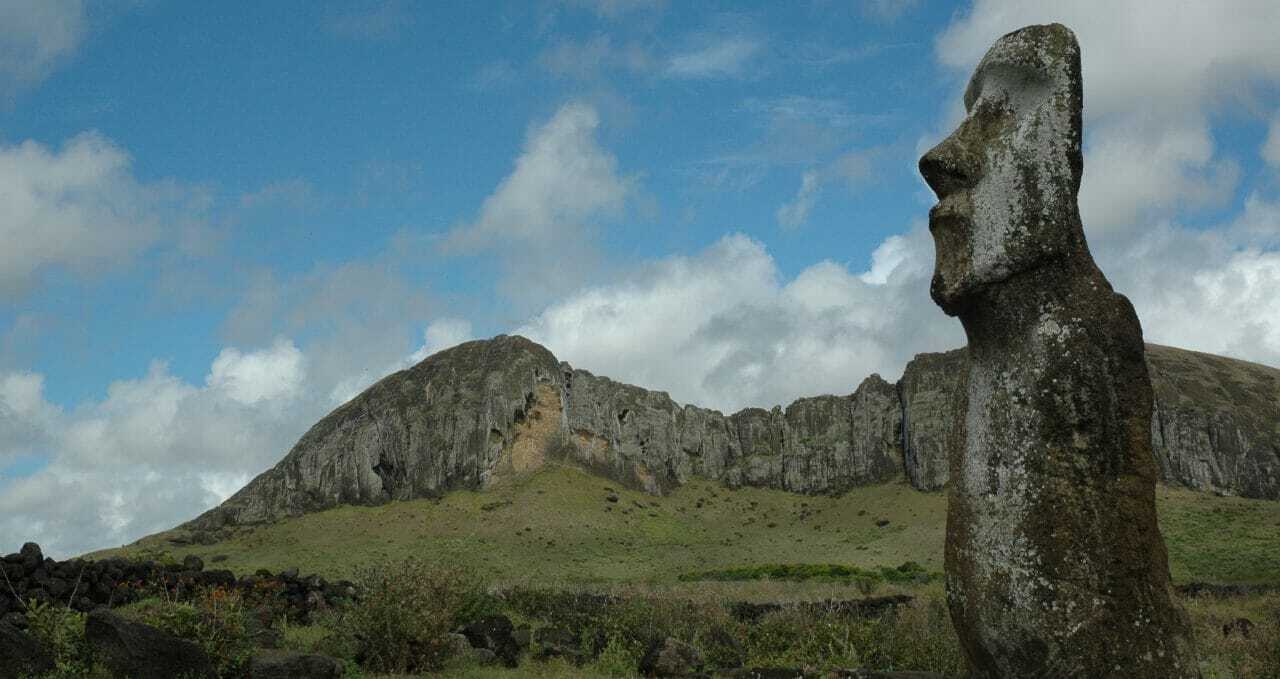

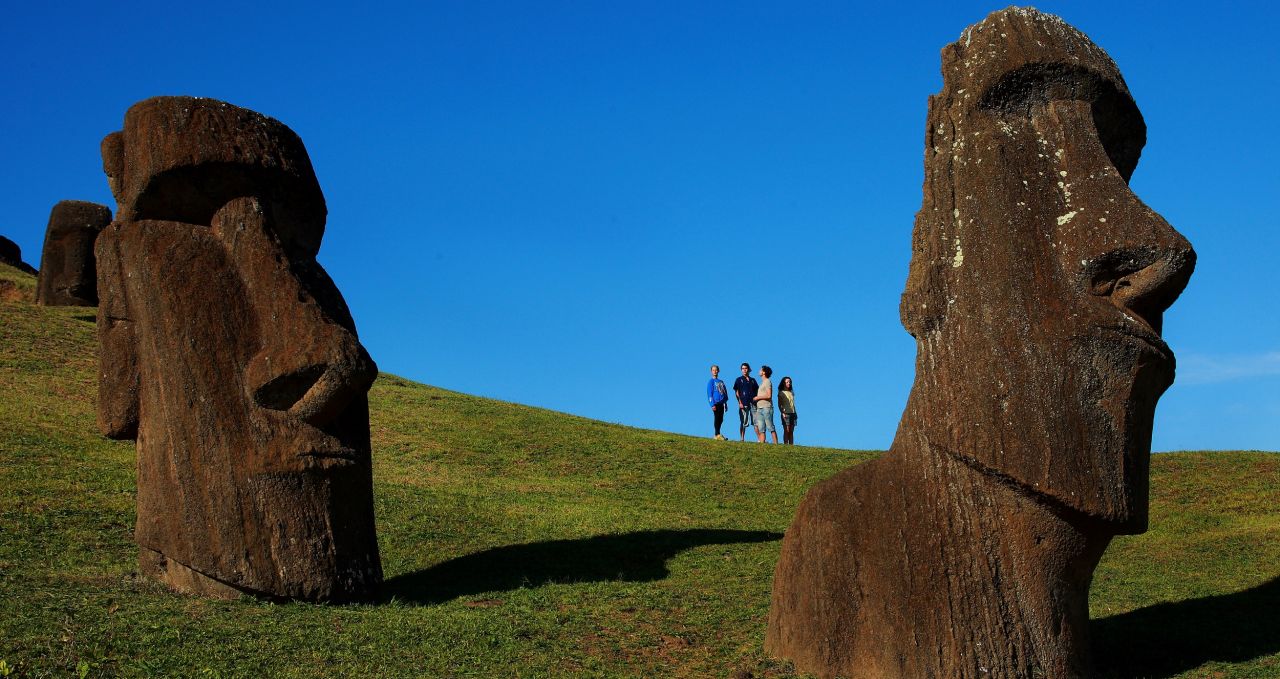
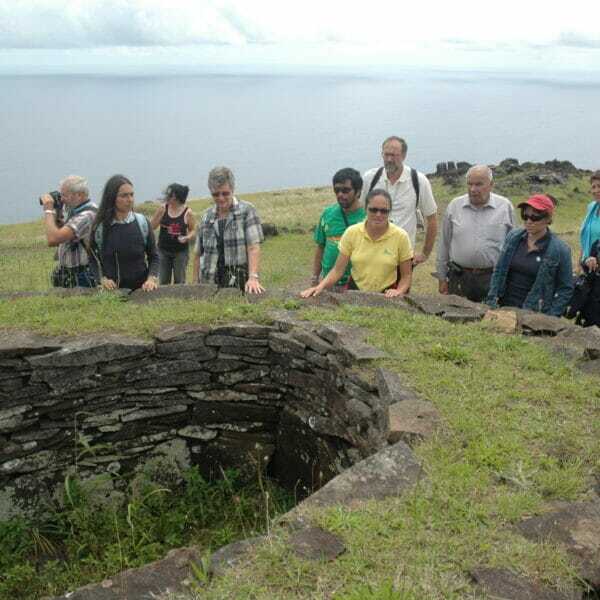
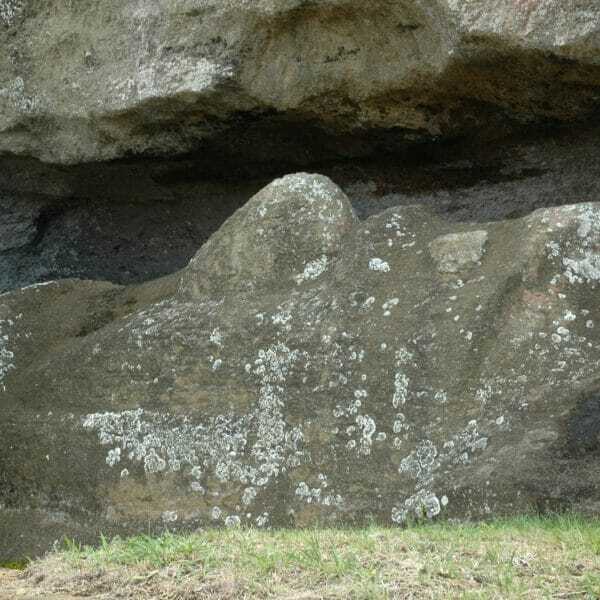
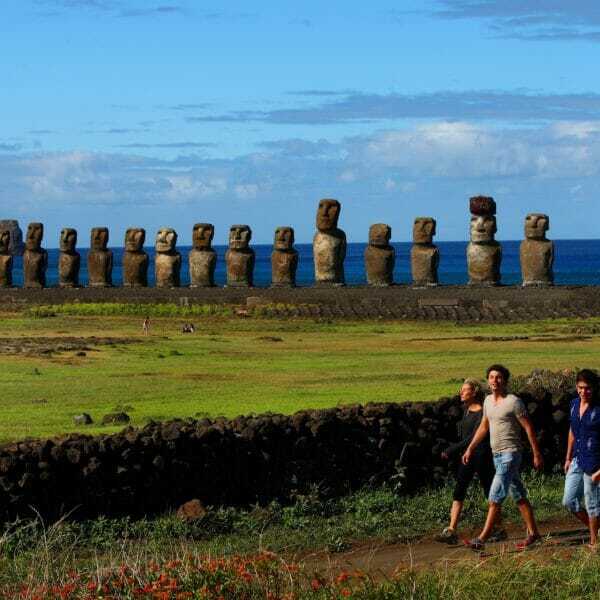
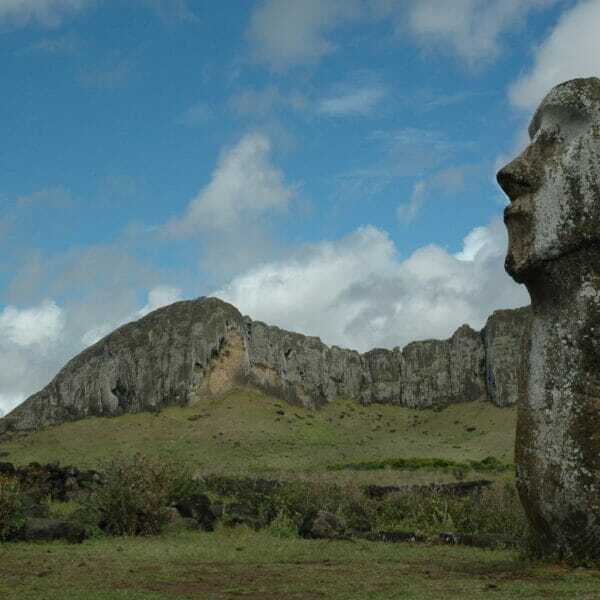
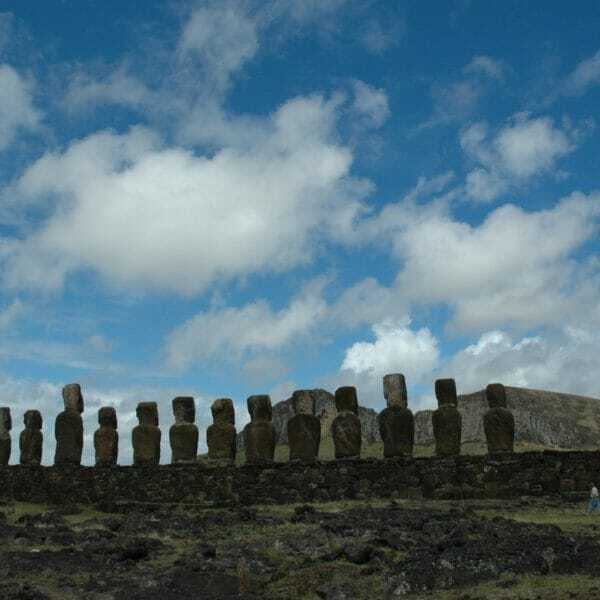
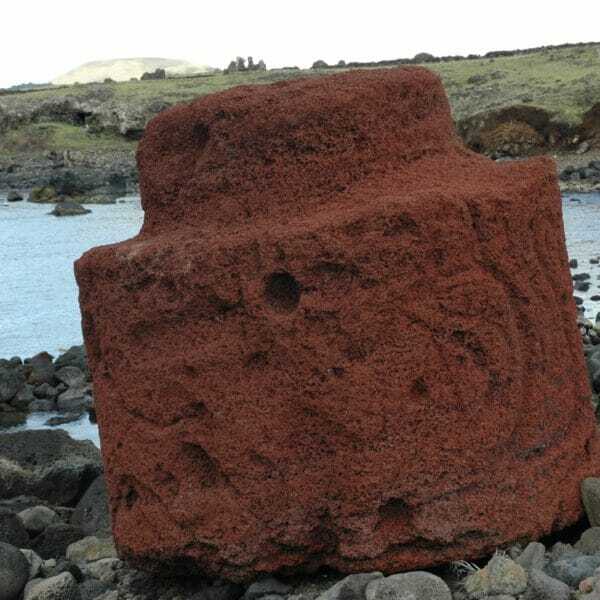
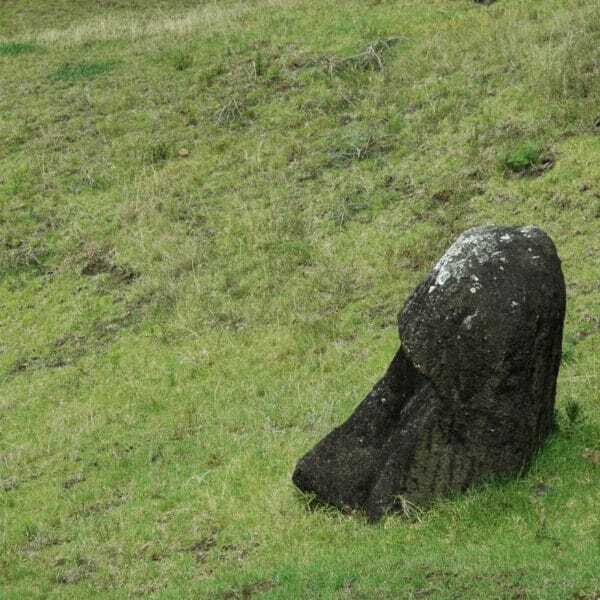
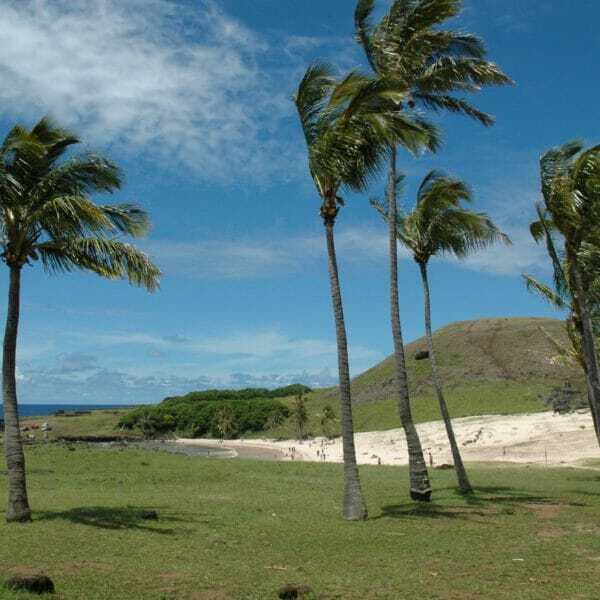
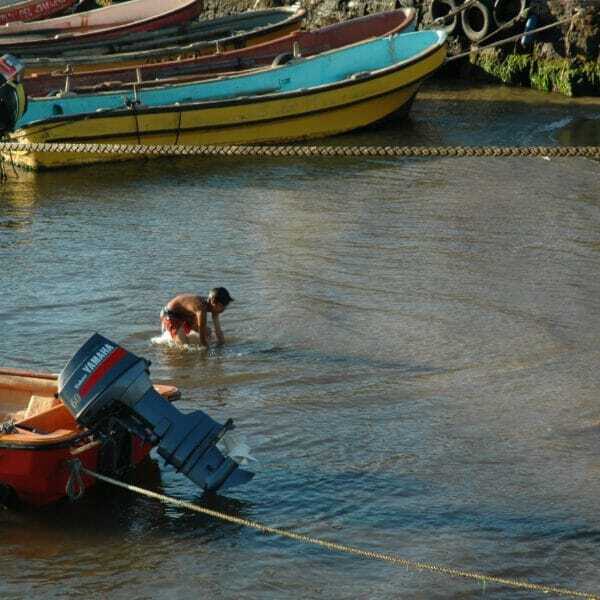

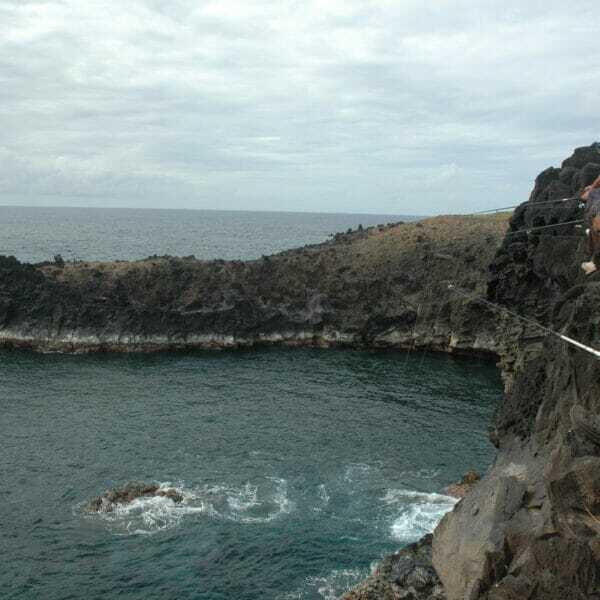
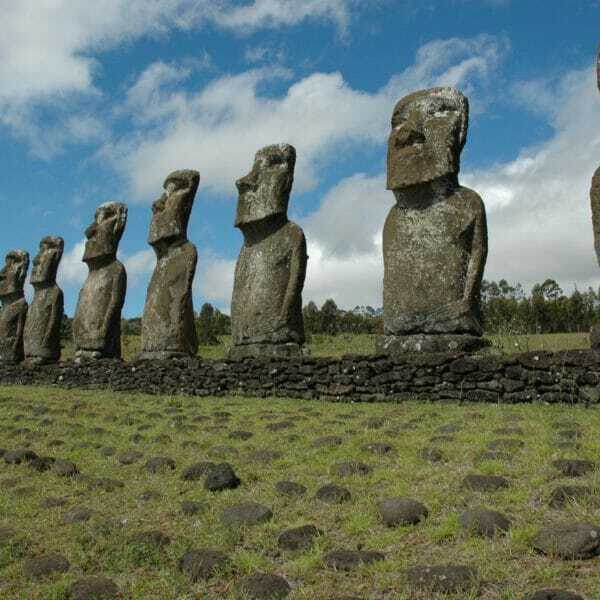
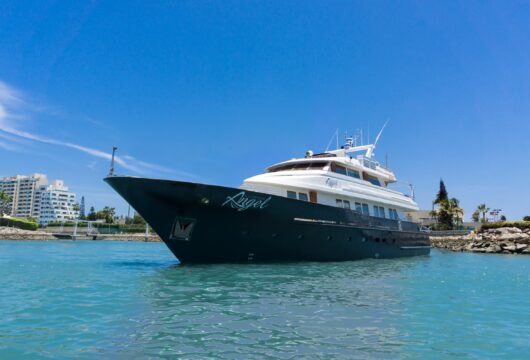
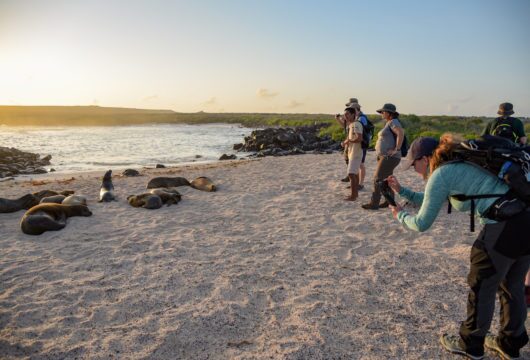
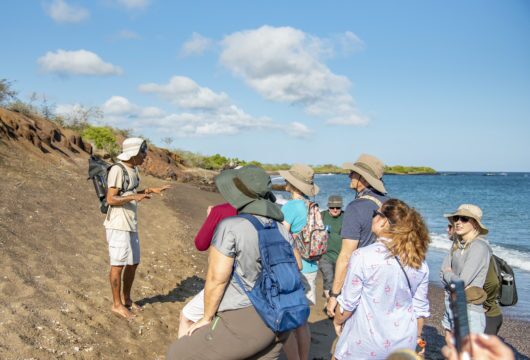
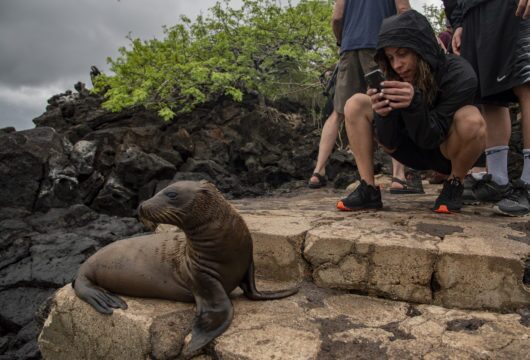
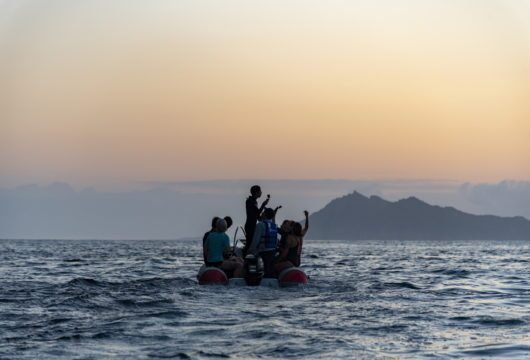
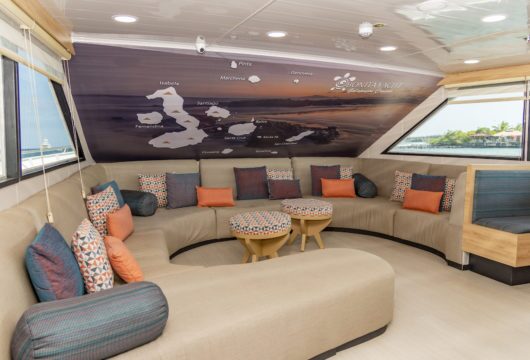
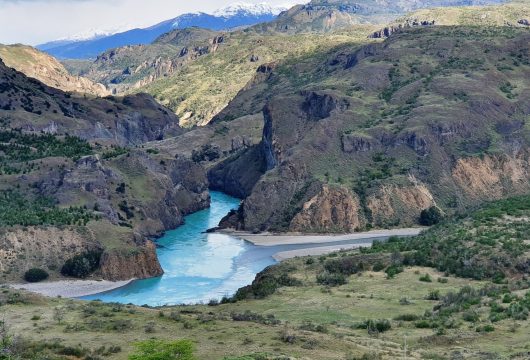
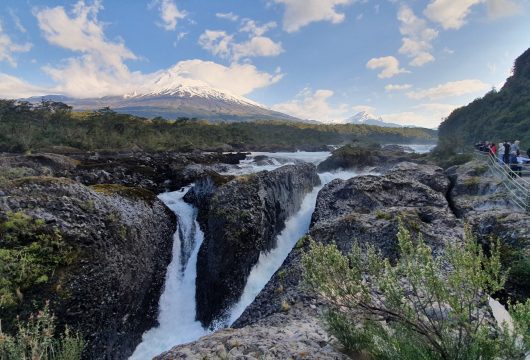
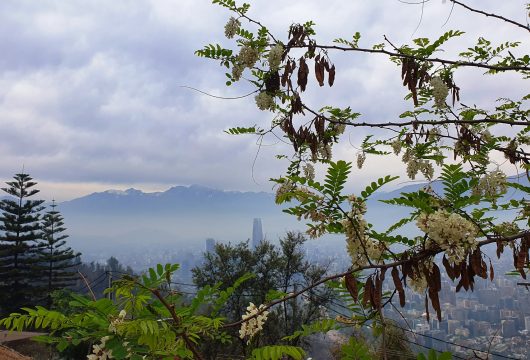
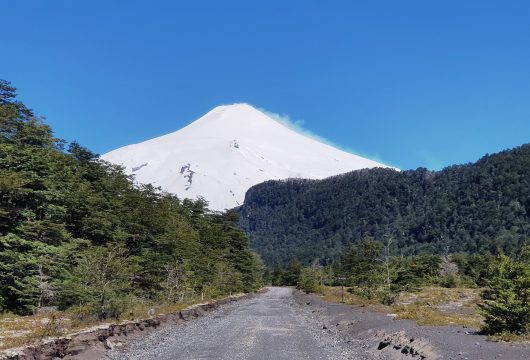
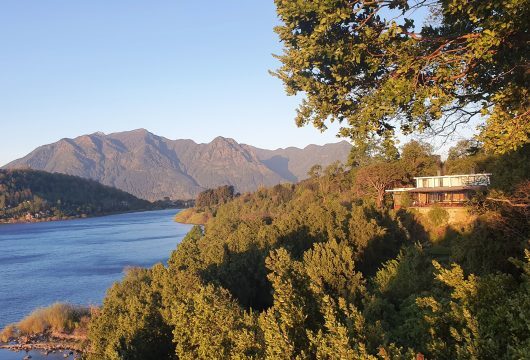
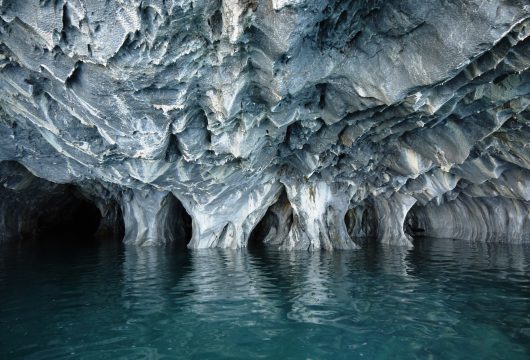
 a Group Tour
a Group Tour  a Tailor Made Tour
a Tailor Made Tour 